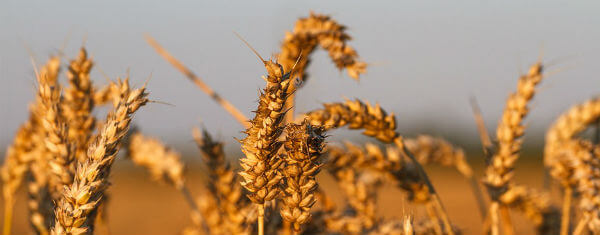
Annia Ciezadlo writes: In the fall of 2012, fighters from the Free Syrian Army took over Eastern Ghouta, a semi-agricultural area about eight miles northeast of Damascus. Government forces responded by placing the area under siege, cutting off water, electricity, gas, medical assistance and bread.
The regime’s goal was to starve the people of Eastern Ghouta into submission, and it was working: The price of bread and rice went up 50 times. Locals were living on animal feed or sometimes eating nothing at all. “They began to wage war against the people even through their daily bread,” says Majd al-Dik, an aid worker for a Syrian humanitarian group called Spring of Life.
Nine months later, the Free Syrian Army mounted a military operation in a regime-controlled area called al-Matahin, the Mills, just outside Eastern Ghouta. Its objective was a flour mill, flanked by two rows of grain silos that housed part of the Syrian government’s strategic wheat reserves — a potent weapon in the conflict that now, after 4 1/2 years, has killed at least a quarter of a million people. If the opposition could capture the mill, it could keep the wheat, break the siege, gain a strategic point on the airport road — and perhaps even make some money.
The firefight lasted a day and a half. Before the battle ended on the second day, anti-government fighters sent a message via walkie-talkie to aid workers waiting inside Eastern Ghouta: We are in partial control of the mill. Come and help us get the flour. Dik and other volunteers drove toward the mill, taking a back road to avoid government snipers.
When they arrived, they were alarmed to see about 80 people, mostly civilians. Everyone in Eastern Ghouta had heard that there would be flour, and some people were desperate enough to run through shelling and sniper fire to get it. Locals climbed out of their cars and rushed toward the mill, eager to grab the sacks of flour inside the central storage area. The fighters tried to stop them, but they kept coming.
“They explained that they were hungry,” Dik says, “and they were ready to die just to be able to eat.” Too many of them would make exactly that sacrifice.
Bread is the staple food in the Middle East. Daily bread is “liqmet aeesh” — a Levantine idiom that translates as “morsel of life.” In addition to its crucial carbohydrates, it is the main source of protein for many people in poor and rural areas. “You can’t imagine life without bread,” says a Syrian aid worker from Aleppo, who spoke on the condition of anonymity. “The calories, the energy it gives you, is equivalent to anything else you eat. Except it’s a lot cheaper. So there’s a chance for survival.”
The Syrian government understands the importance of bread. So does the Islamic State, as well as the constellation of other armed groups vying to control the country’s land and its people. Strategically, bread is as important as oil or water. Civilians are dependent on the authority that distributes it, and profiteers are eager to resell it to hungry people at grotesque prices. “When you control bread and fuel,” says a Syrian analyst from Damascus who spoke on the condition of anonymity, “you control the whole society.” [Continue reading…]

